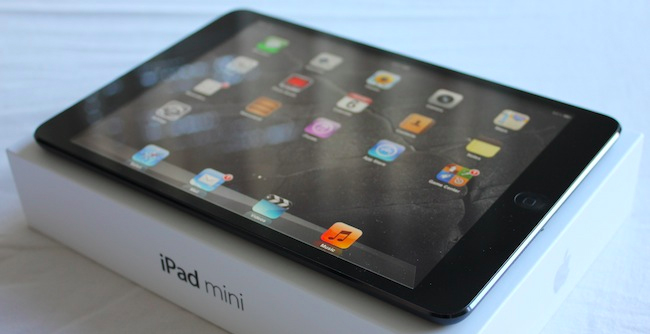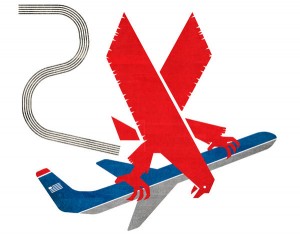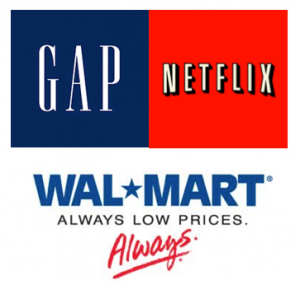Strategic Alliances between Video Game Developers and Media Firms
By: Brett Halan
So basically the situation at hand is that media companies like Disney are starting to develop their own video games rather than export the development. The skill to develop and program games was once extremely rare and difficult to learn. Today it is being taught by more and more universities, and the skill is more widespread. Companies like Disney and PIXAR have a strategic alliance to create games like Toy Story and many others. They still do have an alliance, but Disney is experimenting by creating their own methods to creating games. Other media companies are following their lead as well.
These companies originally make a film that is later turned into a video game. Toy Story is an example of this process. The problem is that as of lately the video games that are extracted from original movies are not successful whatsoever. Disney and the others had to ask themselves why? They concluded that the quality of the games is terrible. The video game developing companies spend much of their effort working on original pieces of work like Halo or Call of Duty that attract the largest consumer base. They spend little time on these movies turned video games because they are historically weak sellers. The quote “quality is subjective, and perception is reality” pertains directly to this situation. The only real person who can claim that one game has more quality over the other are the end consumers. The media companies and the developing firms are essentially making the same mistake over and over again, and they need to accept change.
To fix the lack of quality going into the games there are a few alternatives. The most popular is that the media firms are buying smaller video game development companies. They are expanding in a way to give them a higher amount of control over the end product. As we saw in class during the ball passing game, when you have control over the process and design the end result is improved. Another alternative could include simply end making video games based off movies.
Overall, the consumers of the big box office movies seem to really enjoy the movies, so why are the video games not popular? Media firms blame the video game developers for not putting maximum effort into the games. There are a few questions we should consider. The first is how do the media firms go forward with improving the transcendent definition of quality of these games? The second question is how are the video game developers going to stay in business with their strategically aligned partners?
Even though the information for this post is from 2008 the information is still relevant for today. I imagine we will see less and less video games based off of movies in the meantime. Further down the road I imagine some movies will have a more advanced feature where you can control the action similar to a video game. Today they have alternative endings to movies, but I think that is just the beginning of interaction with the audience.
Sources from:
M. Marr and N Wingfield (2008). “Big Media companies want back in the game.” The Wall Street Journal, February 19, 2008.
C. Salter (2002). “Playing to Win.” Fast Company. December. Pg. 80.
C. Edward (2008). “Morphing Video Games into Movies.” BloombergBusinessWeek. March 19, 2008. http://www.businessweek.com/stories/2008-03-19/morphing-video-games-into-movies







